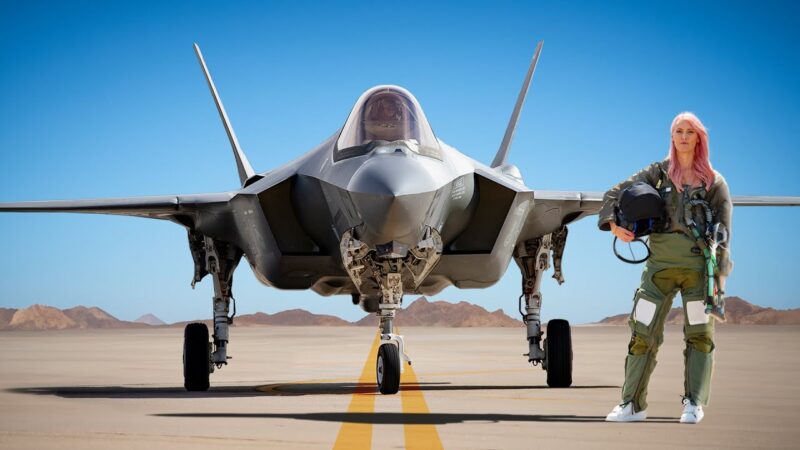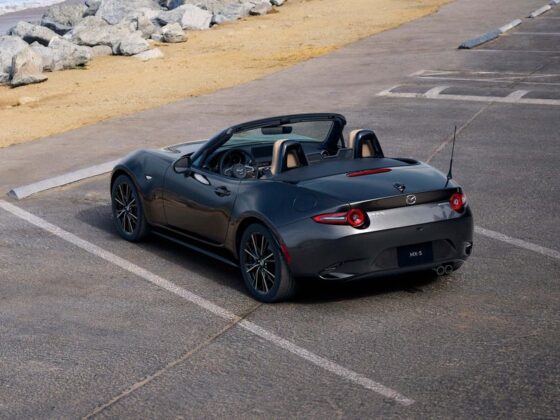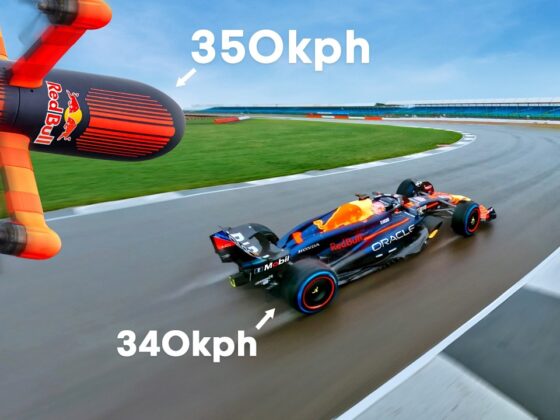The F-35 fighter jet, officially known as the F-35 Lightning II, is often regarded as the pinnacle of aviation technology. As the most advanced fighter jet in the world, it combines stealth, speed, and cutting-edge systems in a way that no other aircraft can rival. But what makes the F-35 so special, and what happens behind the scenes in its production and development?
Designed for Dominance: An Overview of the F-35 Models
Lockheed Martin’s F-35 comes in three main variants, each tailored to specific mission needs:
- F-35A: This model is designed for traditional runways and is the most common among the three, used by the U.S. Air Force and several allied nations.
- F-35B: The B model is capable of short takeoffs and vertical landings, which makes it effective for operations from remote airfields and smaller naval vessels. Its versatility is superb for the Marine Corps and allied forces operating in harsh or limited environments.
- F-35C: Built specifically for aircraft carriers, the F-35C features larger wings and reinforced landing gear to handle the demanding conditions of Naval aviation.
Each of these models contains the technological prowess that separates the F-35 series from other aircraft—becoming one of the most sought-after fifth-generation fighter jets on the planet.
How the F-35’s Stealth Capabilities Set It Apart
The F-35 is deliberately designed as a stealth aircraft, meaning that its design and materials help it avoid detection by enemy radar systems. Its fuselage features smooth, flat surfaces and there’s also the radar-absorbent paint that further reduces its stealth footprint. For a radar-evading aircraft, this is a game-changer in both defensive and offensive operations.
The stealth capabilities of the F-35 improve its survivability in today’s and tomorrow’s missions, making it the backbone of modern military aircraft fleets around the world.
Revolutionary F-35 Technology: Avionics, Sensor Fusion, and More
One of the key reasons behind the dominance of the F-35 fighter jet is its array of high-tech systems that are unlike anything seen before in military aviation technology. Utilizing advanced sensor suites, radar, and avionics, the aircraft provides unparalleled situational awareness for its pilots. The F-35 receives data from different external sources and synthesizes this information to display on the cockpit screen and the pilot’s $250,000 helmet.
Sensor fusion is one of the standout features, where inputs from radar, electronic warfare sensors, and infrared cameras are combined in real-time to provide the pilot with a complete understanding of the battlefield. Whether engaged in air-to-air or air-to-ground combat, this multi-role combat aircraft offers a superior edge.
A Look Behind the Scenes: How the F-35 is Built
The production of the F-35 at Lockheed Martin’s advanced manufacturing facility, known as US Air Force Plant 4, is a herculean feat in defense manufacturing. This facility spans over a mile in length with more than 100 F-35s in various stages of assembly at any given time. Employing more than 18,000 people, the production line combines manpower with innovative manufacturing techniques.
More than just an assembly plant, the facility dedicates spaces like the Metrology Lab to ensure the utmost precision in building the Lockheed Martin F-35. Using lasers and scanning technology, even the tiniest imperfections—down to micrometers—are detected and corrected.
Inside the F-35 Cockpit: The Pilot’s Perspective
Piloting the F-35 brings unparalleled operational capabilities to life. For a glimpse into what it’s like to fly this advanced aircraft, we turn to the experiences of Siren, one of the few female F-35 test pilots with Lockheed Martin. During her interview and simulator demonstration, Siren sheds light on how the F-35 flies in training scenarios and real-life operations.
The cockpit is designed for speed, agility, and situational superiority. One of the main features is the pilot’s helmet, equipped with a heads-up display (HUD). This helmet projects crucial information—such as enemy location and flight data—onto the visor without the pilot having to glance down. It even allows the pilot to “see through” the aircraft, thanks to external cameras, maximizing awareness and reducing blind spots.
The F-35 Weapon Systems and Capabilities
Despite its sleek design and small profile, the F-35 carries a daunting amount of firepower. The internal weapons bays are capable of carrying over 8,000 pounds of ordnance, including air-to-air missiles, precision-guided bombs, and other advanced munitions.
The combination of both radar evasion and overwhelming firepower positions the F-35 to lead in aerial combat for decades to come. The aircraft’s flexibility and immense weapon-carrying capacity make it ideal for different mission profiles—from stealth missions deep in enemy territory to defending airspace in high-threat environments.
F-35: The Future of Aerial Combat
As we’ve explored, the F-35 Lightning II sets the bar for fifth-generation fighter jets. Its rudimentary blend of stealth, extreme speed, advanced avionics, and multi-role capabilities make it indispensable for any future conflict.
The secret behind the success of the F-35 fighter jet lies not just in its design but in the people driving its innovation. From the engineers on the production line to test pilots like Siren, it takes a team to keep pushing the envelope of military aviation technology.
Conclusion: The F-35—An Engineering Marvel
When it comes to air superiority, the F-35 has unequivocally set the standard. Between its stealth, cutting-edge sensors, and unmatched weaponry, the F-35 is not just an aircraft—it’s a game-changer in how nations approach aerial combat systems.
As both a symbol and a tool of technological prowess, the F-35 Lightning II is redefining what it means to be the world’s most advanced fighter jet.



